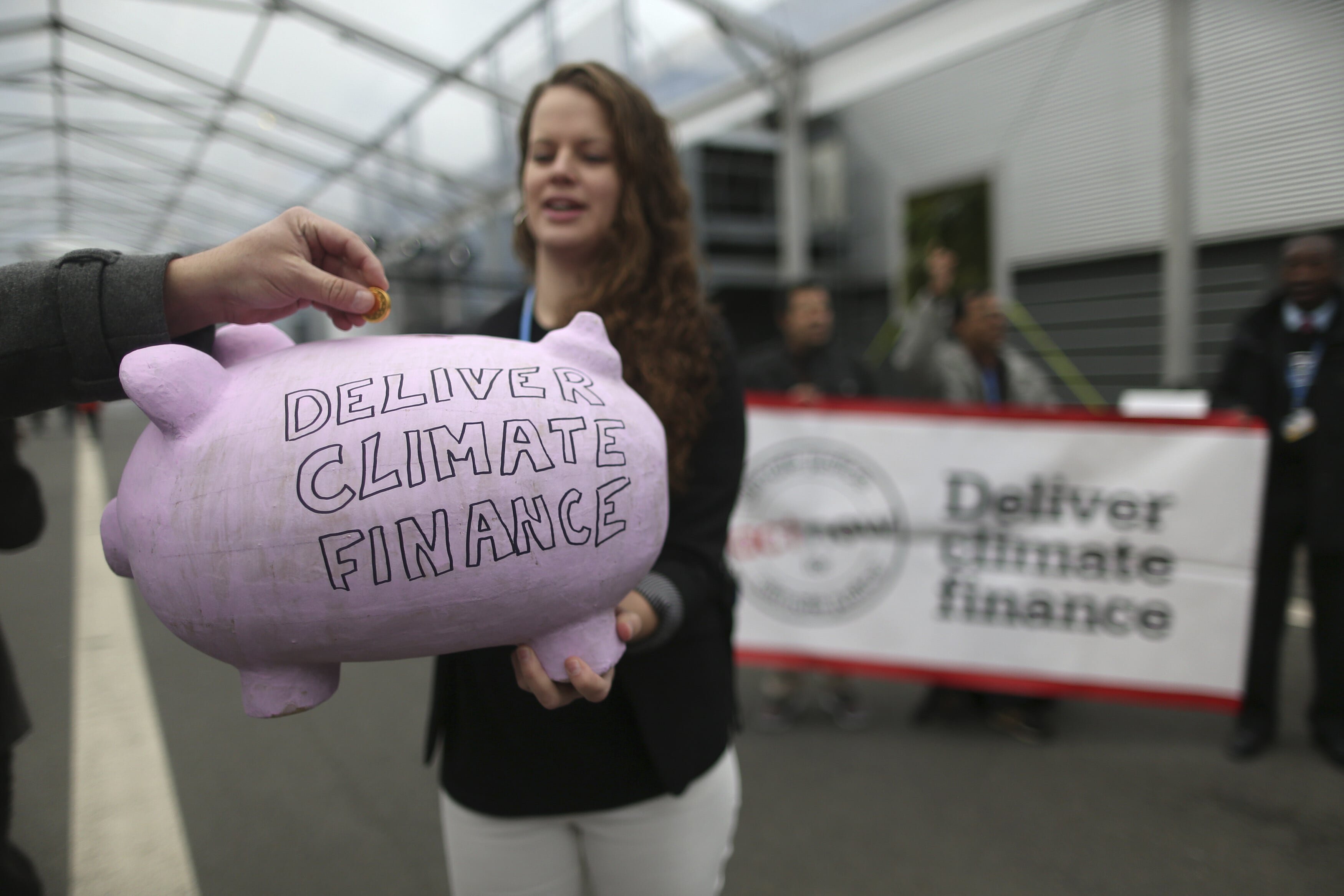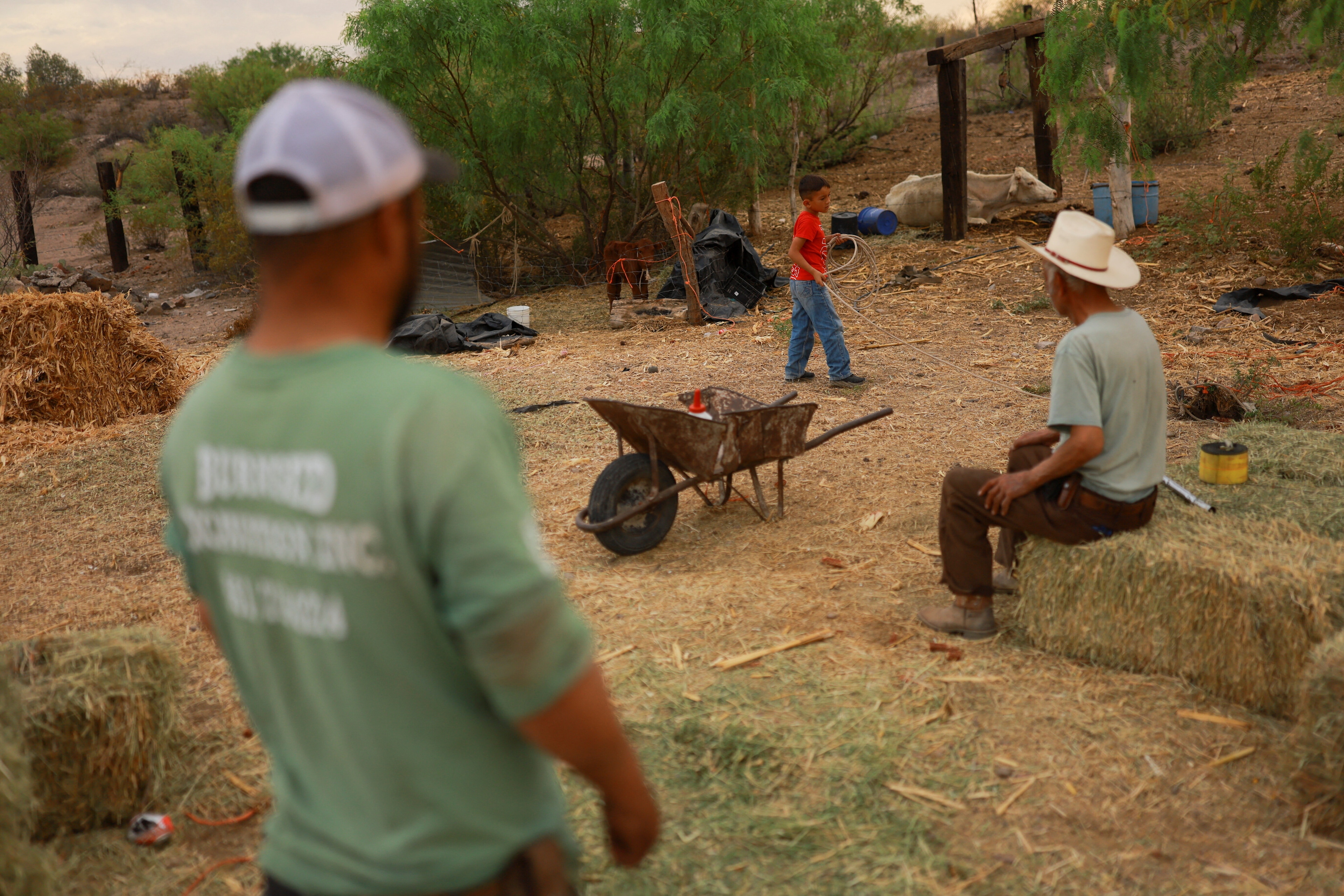Earth Overshoot Day. What is it and why do we need it?

Earth Overshoot Day: We’ve not been living within Earth’s means since the early 1970s. Image: Unsplash/NASA
Listen to the article
This article was first published in June 2022 and updated in August 2023.
- Earth Overshoot Day is marked every year at the point when human consumption outstrips the resources nature can regenerate.
- Since the 1970s, humanity’s ecological footprint and Earth’s biocapacity have diverged to the extent that the planet’s resources now only last us until early August.
- The World Economic Forum's First Movers Coalition seeks to accelerate the decarbonization of hard-to-abate industries representing more than one-third of the world’s carbon emissions.
Matching what we need with what we can afford is an everyday juggle. Why, then, do we find it so hard to live within our means when it comes to the planet?
Every year, we reach a date on the calendar where more of Earth’s resources have been used than it can replenish. This year, Earth Overshoot Day 2023 fell on 2 August, which is five days later than last year, but four of those days are due to integrating new data sets.
For the next seven years, we need to push back Earth Overshoot Day by 19 days each year to reach the United Nation’s (UN) IPCC target of a 43% reduction in carbon emissions worldwide by 2030 (compared to 2010).
After July became the hottest month ever recorded worldwide, the CEO of think tank Global Footprint Network Steven Tebbe warned: "Persistent overshoot leads to ever more prominent symptoms including unusual heat waves, forest fires, droughts, and floods, with the risk of compromising food production."
What is Earth Overshoot Day and when did it start?
Earth Overshoot Day officially marks the point when two factors run out of kilter: humanity’s ecological footprint and our planet’s biocapacity.
Our ecological footprint is the land we need to produce everything we consume – cropland, fisheries and forests – and the waste we generate. Earth’s biocapacity encompasses the resources our planet has available to meet our consumption needs and can regenerate every year.
What is the World Economic Forum doing about nature?
We’ve not been living within Earth’s means since the early 1970s. This is according to data collected by the UN and used every year by Global Footprint Network, to calculate Earth Overshoot Day.
It was marked for the first time in 2006 and is supported by organizations as varied as the Worldwide Fund for Nature (WWF), the Club of Rome and the Global Nature Fund.
How is Earth Overshoot Day calculated?
Global Footprint Network calculates the Earth’s biocapacity-based natural resources such as forests, agricultural land, fishing grounds and built-up land. Humanity’s ecological footprint includes aspects such as demand for food, timber and other forest products, urban space and forests to absorb carbon dioxide emissions.
Earth Overshoot Day is calculated by dividing Earth’s biocapacity by man’s ecological footprint and multiplying the result by 365 days.
Similar calculations are applied on a country-by-country basis to determine Country Overshoot Days each year.
Why is Earth Overshoot Day important?
Earth Overshoot Day has arrived earlier and earlier since the UN started collecting data in 1970. Since 30 December that year, it moved back gradually to late July. In 2018, it reached its earliest date ever, 25 July.
This means humanity is exhausting nature’s renewable resources in just over half a year, leaving us in an ecological deficit for the rest.
Human consumption now requires the natural resources of 1.75 worlds instead of a single one, and half of this is just for food.
The campaign around Earth Overshoot Day aims to highlight the power humanity and its institutions have to #MoveTheDate back towards the end of the year. Earth Overshoot Day serves as a reminder that current consumption trends can be reversed to improve our quality of life.
The difference we can make by living within nature’s means becomes apparent when we look at 2020. In the wake of pandemic lockdowns and reduced economic movement, Earth Overshoot Day got pushed back to 22 August. But in 2021, it had moved forward by nearly a month, to 29 July.
What can be done to #MoveTheDate?
The #MoveTheDate campaign is focused on five areas of change: planet, cities, population, energy and food. Initiatives range from rural solar power projects and low-impact beef production to circular fashion and women’s health.
The Global Footprint Network says increasing global low-carbon electricity sources from 39% to 75% would move it by 26 days, halving food waste would gain 13 days, and tree intercropping would earn an extra 2.1 days.
Some of the measures already being taken around the globe have helped slow the pace of regression in recent years. In the past five years, the organization states, Earth Overshoot Day has moved up the calendar by less than one day per year, on average, compared to around three days each year before that. So the five days it's moved back this year is significant.

To accelerate the decarbonization of hard-to-abate industries representing more than one-third of the world’s carbon emissions, the World Economic Forum set up the First Movers' Coalition at COP26 in November 2021. It's a platform for companies to commit to buying zero-emission goods and services by 2030, to create demand for low-carbon technologies, make them cost-competitive and build the clean supply chains of the future.
Aviation, Shipping, Steel and Trucking sectors were launched at COP26 in Glasgow, the Aluminum and Carbon Dioxide Removal sectors were launched in May 2022, and the Cement & Concrete sector was launched at COP27 in Sharm el-Sheikh. The final sector on Chemicals was launched at Clean Energy Ministerial 2023, India in July.
Don't miss any update on this topic
Create a free account and access your personalized content collection with our latest publications and analyses.
License and Republishing
World Economic Forum articles may be republished in accordance with the Creative Commons Attribution-NonCommercial-NoDerivatives 4.0 International Public License, and in accordance with our Terms of Use.
The views expressed in this article are those of the author alone and not the World Economic Forum.
Stay up to date:
Climate Indicators
Related topics:
Forum Stories newsletter
Bringing you weekly curated insights and analysis on the global issues that matter.
More on Climate ActionSee all
David Carlin and Sourajit Aiyer
July 28, 2025








